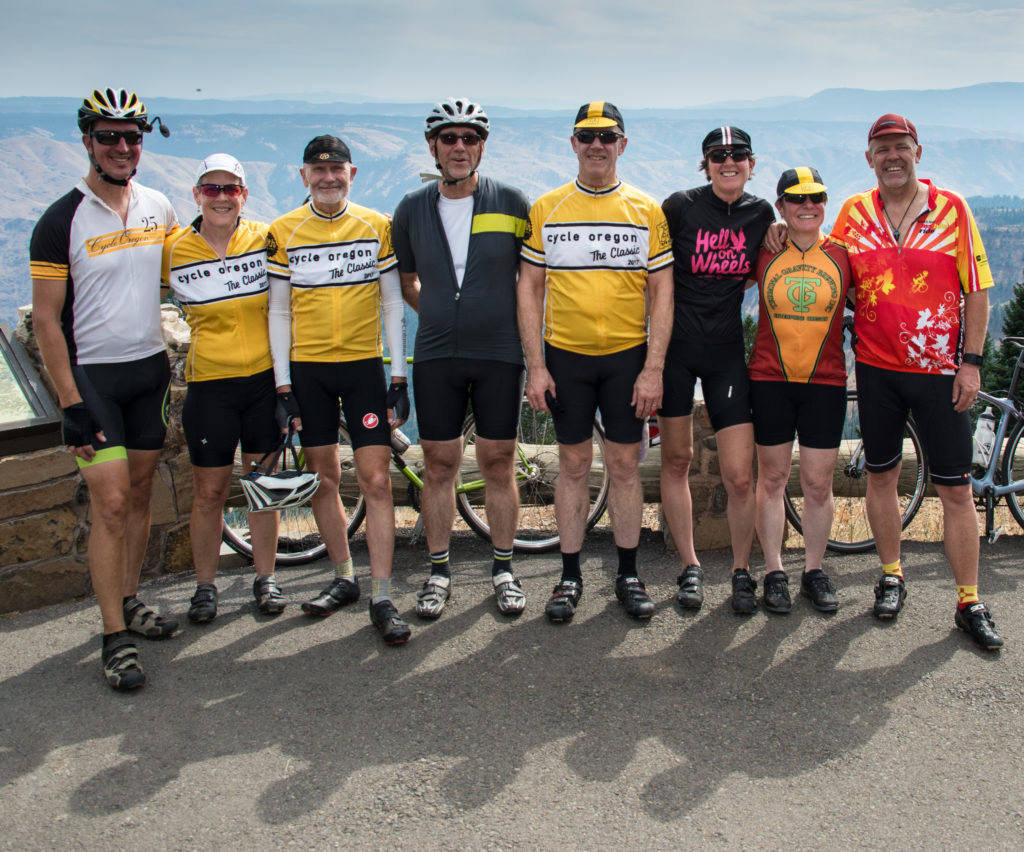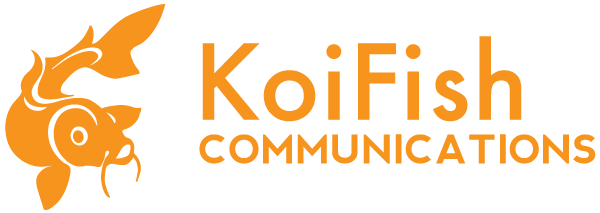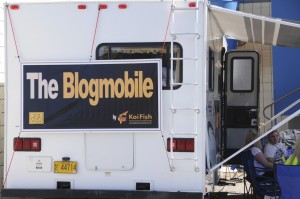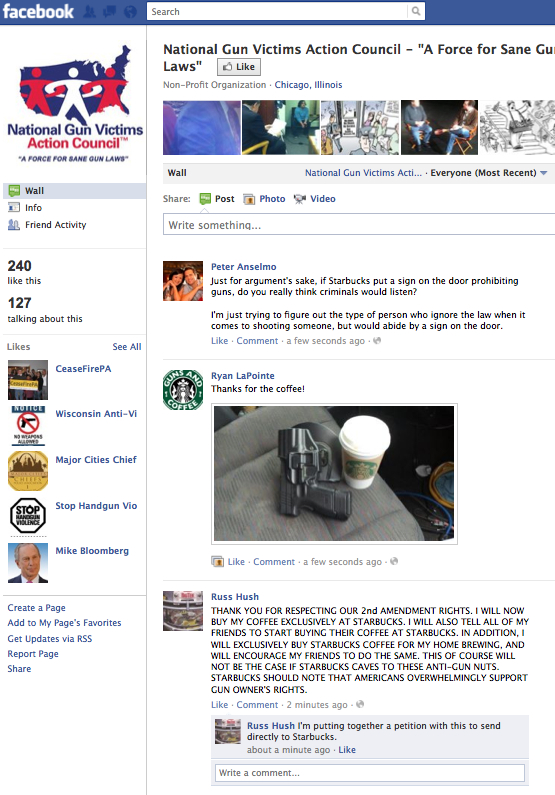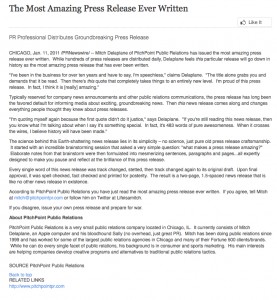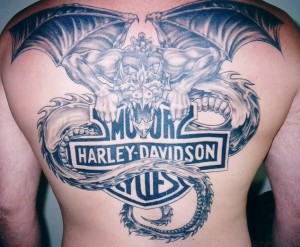So Did Cycle Oregon Happen In 2017?
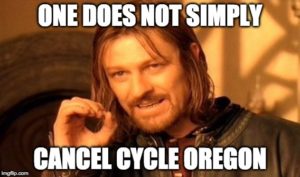
Events Can Be Cancelled, Cycle Oregon Cannot
Right now I should be attending Cycle Oregon’s week-long ride. I should be sitting by Diamond Lake surrounded by bikes and cyclists and people’s damp and stinky riding clothes. Unfortunately that ride got cancelled because of the fires. So now I’m sitting by Wallowa Lake surrounded by bikes and cyclists and people’s damp and stinky riding clothes. And as far as we’re concerned, we’re still “doing Cycle Oregon.”
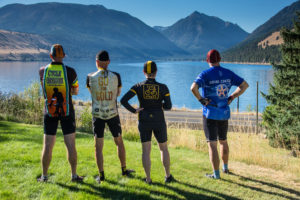
Cycle Oregon Is Really About The People
So What Is Cycle Oregon?
If you ask the people who run it, they will tell you it’s a non-profit organization dedicated to transforming individuals and communities through bicycling because that’s the official mission statement and what’s the point of having an official mission statement if it doesn’t get used? After that, they will elaborate in more detail, which is required to provide the true essence of it all.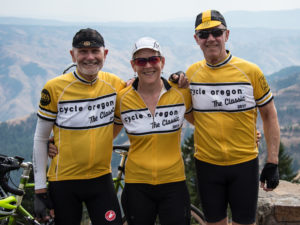
One Order of Hell, Hold The High Water
It begins the moment you commit. It’s every training ride you take, every pedal stroke you make, every healthy meal you eat (and every unhealthy one), every conversation, every Facebook visit and every moment spent in anticipation. It’s preparing your gear and your mind and then road tripping your way to the start. After it’s done, it’s about the enduring friendships and the photos and reliving the memories.
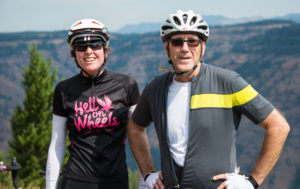
Elite Cyclists
Together Even When We’re Apart
Our group is far from being the only group of displaced Cycle Oregonians here right now. According to a waitress at one of the popular watering holes in Joseph, there are about 100 other Cycle Oregonians in town. That comes as no surprise. Not only is this one of the few parts of the state that isn’t on fire, it’s a very special place to ride. Some of us rode here from Halfway (then Halfway.com) in 2008. Others tried on 2015 when fire blocked our path.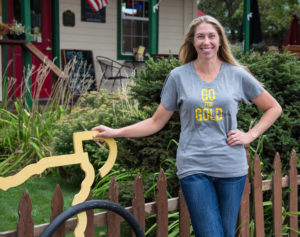
The Strongest (And Probably Most Adorable) Rider In Wallowa County
One has to wonder how many of members of the tribe rolled their own adventures this week and where they went.
